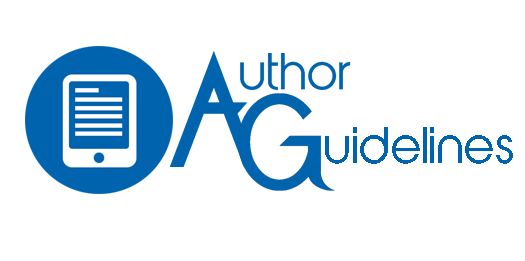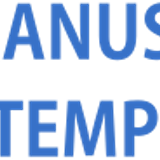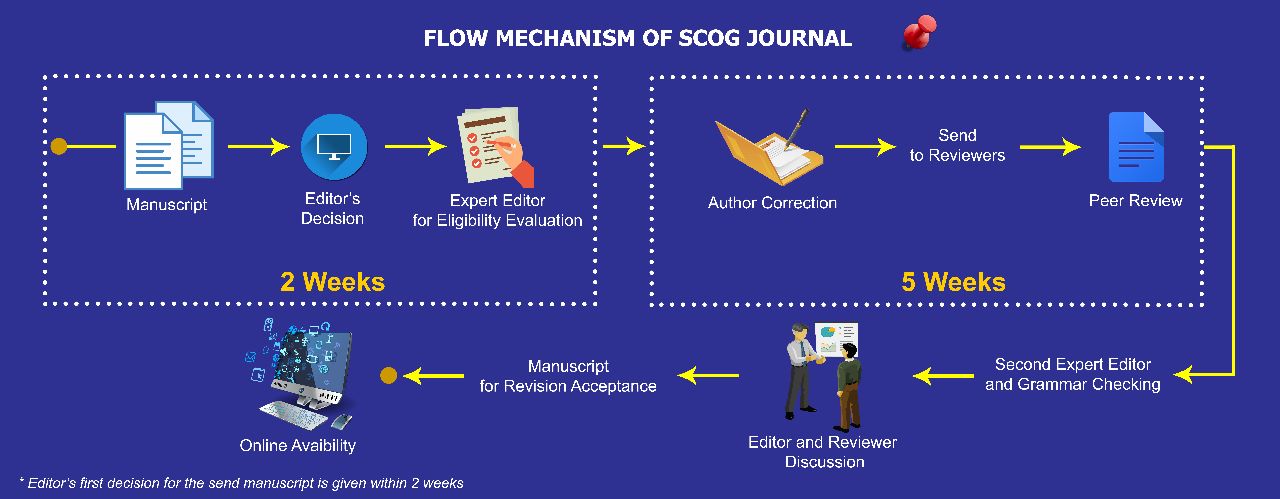THE PREFERENTIAL WELD CORROSION OF X65 CARBON STEEL PIPELINE UNDER CO2 ENVIRONMENT
Abstract
Preferential weld corrosion (PWC) is a severe corrosion form of attack found in pipeline weldments in oil and gas industries. PWC occurs when the corrosion rate of the weld metal (WM) and heat affected zone (HAZ) is higher than the parent metal (PM). PWC was generated by galvanic corrosion mechanism due to dissimilarities in the composition and microstructure of the metal in the three weld regions.
The aim of this research is to study the effect of flow rate on preferential weld corrosion (PWC) in X65 high strength pipeline steel using submerged jet impingement by investigating the mechanism of PWC on a weldment in artificial seawater saturated with carbon dioxide at 1 bar. A novel submerged jet impingement apparatus that consist of 3 rings (outer, inner and centre) was designed so that the parent material, heat affected zone and weld metal could be analysed in a high shear stress environment. Corrosion experiments were performed with X65 pipeline steel under no flow and flowing condition at 10 m/s at 30oC and pH4. The galvanic current characteristic between the weldment regions was recorded using a zero-resistance ammeter, and the self-corrosion was analysed by using linear polarisation resistance measurements. Total corrosion rates were calculated from the sum of the galvanic and self-corrosion contributions. The morphology, structure, chemical on the surface of X65 after corrosion process was investigated by means of scanning electron microscopy (SEM) and focus ion beam (FIB) to examine the corrosion product that form in brine containing dissolved carbon dioxide.
In a no-flow condition, the result shows that the galvanic characteristics on all weldments were similar and the WM is cathodic and protected in comparison with the HAZ and PM. In flowing condition, the estimated flow rates associated with the different positions on the target vary depending on either (a) PM and HAZ or (b) the WM. The effects of target flow rate on WM have a similar trend, but the overall corrosion rates are greater due to PWC. The result of surface analysis after corrosion process showing that removal of hardened layer and subsurface cracking were causes of enhanced degradation.
Keywords
References
Abduh, M., 2008. The 50 major engineering failures in oil and gas and hydrocarbon industry (1977-2007). [Online] Available at: https://www.scribd.com/document/215642171/The-50-Major-Engineering-Failures [Accessed 2008].
Adegbite , M. A., Robinson, M. J. & Impey, S. A.,2016. Evaluation of Flow Enhanced Preferential Weld Corrosion of X65 Pipeline Steel Using a Novel Submerged Impingement Jet. Society of Petroleum Engineers, 2-4 August.
Ahmad, Z., 2006. Principles of Corrosion Engineering and Corrosion Control. 1st ed. s.l.:Butterworth-Heinemann, Elsevier.
Alawadhi, K. & Robinson, M. J., 2011. Preferential weld corrosion of X65 pipeline steel in fl owing brines containing carbon dioxide. The International Journalof Corrosion Processes and Corrosion Control, 46(4),pp. 318-329.
Barker, R., Hu, . X., Neville, A. & Cushnaghan, S.,2013. Assessment of Preferential Weld Corrosion of Carbon Steel Pipework in CO2-Saturated Flow-Induced Corrosion Environments. Corrosion The Journal of Science and Engineering, November,69(11), pp. 1132-1143.
Bhaskaran, R., Palaniswamy, N., Rengaswamy, . N. & Jayachandran, M., 2005. A review of differing approaches used to estimate the cost of corrosion (and their relevance in the development of modern corrosion prevention and control strategies). Anti-Corrosion Methods and Materials, 52(1), pp. 29-41.
Burkle, D. et al., 2017. In situ SR-XRD study of FeCO3 precipitation kinetics onto carbon steel in CO2-containing environments: The infl uence of brine pH. Electrochimica Acta, November, Volume 255, pp.127-144.
Domínguez Olivo, J., Brown, B. & Nesic, S., 2016. Modeling of Corrosion Mechanisms in the Presence of Quaternary. Houston, Texas, NACE Internation, Publication Division.
Fontana, M. G., 1986. Corrosion Engineering. 3rd ed.Boston, MA: McGraw-Hill Book Company.
Hu, X., Barker, R., Neville, A. & Gnanavelu, A., 2011. Case study on erosion–corrosion degradation of pipework located on an offshore oil and gas facility. Wear,29 July, 271(9-10), pp. 1295-1301.
Joosten, M. W., Kolts, Juri, Kiefer, Joseph, Humble,Philip G., & Marlow, John A., 1996. Aspects of Selective Weld and HAZ Attack in CO2 Containing Production Environments. Corrosion, 24-29 March.
Joshi, G. R., 2015. Elucidating Sweet Corrosion Scales. Manchester, UK: The University of Manchester.
Joshua Schneyer & Yereth Rosen, 2009. Reuters. [Online] Available at: https://www.reuters.com/article/bp-alaska-spill/update-4-oil-leak-has-minimal-impact-
on-bps-alaska-output-idUSN3045041520091201
Lahiri, A. K., 2017. Applied Metallurgy and Corrosion Control. s.l.:Springer, Singapore.
Lee, C., Bond, S. & Woollin, P., 2005. Preferential weld corosion: Effects of weldment microstructure and composition. CORROSION.
Mahajanam, S. P. & Joosten, M. W., 2011. Guidelines for Filler-Material Selection To Minimize Preferential Weld Corrosion in Pipeline Steels. SPE Projects, Facilities
& Construction, March.6(01).
Martinez, M. et al., 2011. Control of Preferential Weld Corrosion of X65 Pipeline Steel In Flowing Brines Containing Carbon Dioxide. CORROSION, 13-17
March.
Owen, J., Ramsey, C., Barker, R. & Neville, A., 2018. Erosion-corrosion interactions of X65 carbon steel in aqueous CO2 environments. WEAR, November,
Volume 414-415, pp. 376-389.
Revie, R. W. & Uhlig, H. H., 1985. Corrosion and Corrosion Control. Ottawa: WILEY & Sons, Inc..
Turgoose, S. & Palmer , J. W., 2005. Preferential Weld Corrosion of 1% Ni Welds: Effects of Solution Conductivity and Corrosion Inhibitors. Houston,
Texas, NACE International.
Winning, I. G., Mcnaughtan, D. & Bretherton, N.,2004. Evaluation of Weld Corrosion Behavior
and the Application of Corrosion Inhibitors and Combined Scale/Corrosion Inhibitors. CORROSION, 28 March-1 April.
DOI: https://doi.org/10.29017/SCOG.42.1.387

This work is licensed under a Creative Commons Attribution-NonCommercial-NoDerivatives 4.0 International License.






